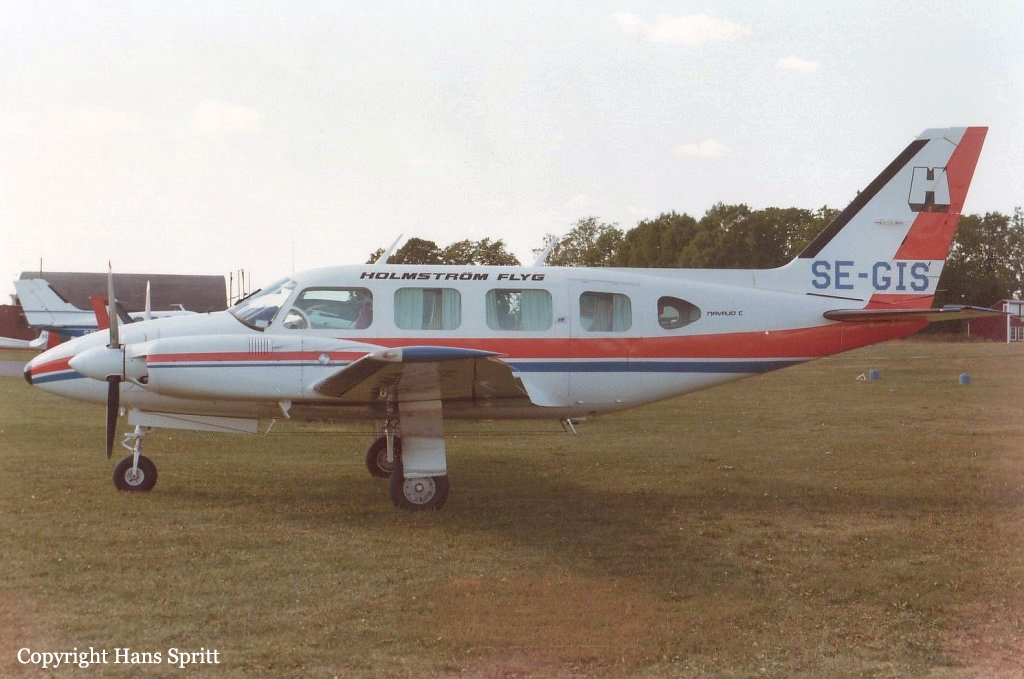Crash of a Beechcraft A100 King Air in Cedarville: 2 killed
Date & Time:
Feb 1, 1985 at 2147 LT
Registration:
N72BS
Survivors:
No
Schedule:
Ridgeland – Millville
MSN:
B-113
YOM:
1972
Crew on board:
2
Crew fatalities:
Pax on board:
0
Pax fatalities:
Other fatalities:
Total fatalities:
2
Captain / Total hours on type:
4000.00
Circumstances:
The two atp rated pilots were en route back to their home base airport flying on an IFR flight plan in actual instrument weather conditions. Communications with ATC controllers was normal. During a night localizer approach into Millville municipal airport, an ATC specialist observed the aircraft passing through the localizer track and issued a vector for re-interception. The aircraft was subsequently observed tracking inbound on course. The pilot reported crossing the om. This was the last transmission heard from the pilot and was routine. The aircraft crashed into a wooded area just beyond the om and was destroyed in a post impact fire. Post accident examination of the wreckage revealed evidence to indicate the left engine was producing less power than the right engine at impact. Both occupants were killed.
Probable cause:
Occurrence #1: in flight collision with object
Phase of operation: descent - normal
Findings
1. (f) weather condition - low ceiling
2. (f) weather condition - fog
3. (f) weather condition - rain
4. (f) light condition - dark night
5. (c) ifr procedure - improper - pilot in command
6. (c) proper altitude - not maintained - pilot in command
----------
Occurrence #2: loss of engine power
Phase of operation: approach
Findings
7. Engine assembly - failure,partial
8. (c) engine assembly - undetermined
Phase of operation: descent - normal
Findings
1. (f) weather condition - low ceiling
2. (f) weather condition - fog
3. (f) weather condition - rain
4. (f) light condition - dark night
5. (c) ifr procedure - improper - pilot in command
6. (c) proper altitude - not maintained - pilot in command
----------
Occurrence #2: loss of engine power
Phase of operation: approach
Findings
7. Engine assembly - failure,partial
8. (c) engine assembly - undetermined
Final Report:






